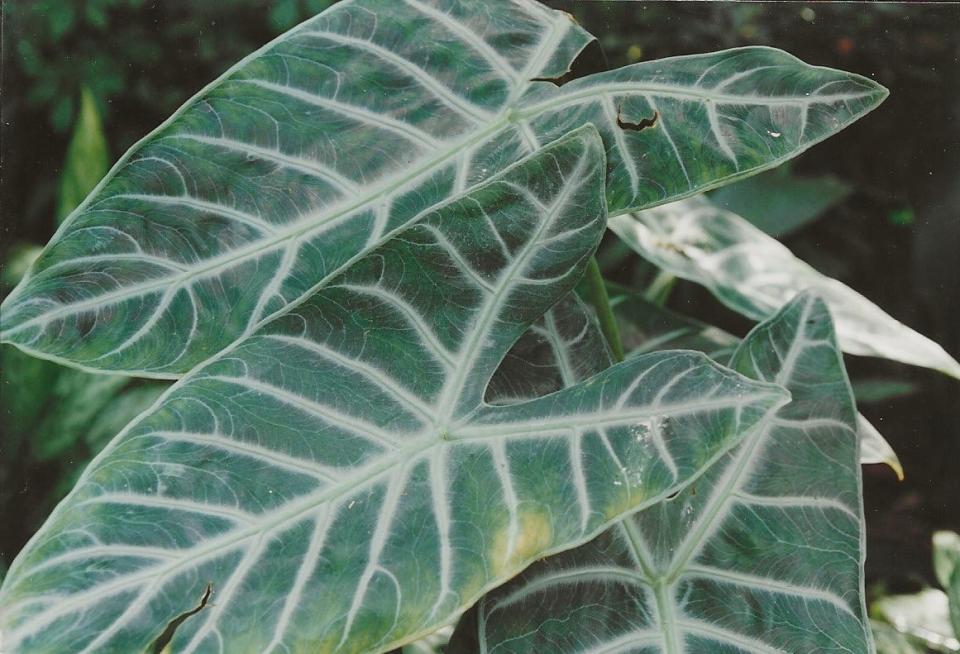Clippings: Plants for gardeners who think big
While certainly not true of everyone, Americans tend to embrace size. We clearly go in for large homes, vehicles and meal portions. Appropriately, our theme today is supersized plants – though not the kinds that usually spring to mind.
Take bromeliads, for example. Pineapple plants, giant Alcantarea and others can be impressive, but their proportions won’t take your breath away. The queen of the Andes (Puya raimondii), however, will. This high-altitude, terrestrial bromeliad, discovered in Bolivia in 1830, generally takes 80 to 150 years to produce a 16-foot trunk before generating an inflorescence that can bring its height to 50 feet.

Before that awesome occurrence, which produces up to 20,000 blossoms, a queen of the Andes plant features a massive rosette of hundreds of 4-foot-long leaves. As with other bromeliads, this plant blooms once, then dies. Although the species has grown and flowered in California, it’s unlikely to survive in Florida’s climate.
Ferns are another plant family not associated with great size, even though the Australian tree fern (Cyathia cooperi) can grow at least 20 feet tall here. But it’s a runt compared to the Norfolk Island tree fern (Cyathia brownii), a species that boasts sufficient height and frond spread to shade a four-story building. Indeed, at 66 feet tall and bearing leaves that form a 40-foot-wide crown, this species – native only to Norfolk Island in the Pacific – is majestic. Nearly as towering, but with a considerably smaller crown, is the rough tree fern (Cyathia australis). Information gleaned from researching the Norfolk Island tree fern indicates it might succeed in Central Florida. Unfortunately, neither plants nor spores are offered online. Note: online references to tree ferns are confusing because plants may be listed as Cyathia, Alsophila or Sphaeropters, depending on the source.
When the subject shifts to large annuals, most gardeners immediately think of sunflowers. Among appropriately named varieties of this North American native (Helianthus annuus) are the 14-foot-tall Mongolian giant and 12-to-16-foot skyscraper. There are also Russian mammoth and Giant sungold but – interestingly – accounts of recently grown sunflowers that achieved record heights didn’t identify the varieties.
Also interesting is that the most gigantic specimen – over 33 feet tall – was grown in Germany, while another outstanding sunflower – from Indiana – attained 25 feet. The German specimen is particularly striking because sunflowers revel in light and heat, which aren’t abundant in Western Europe. Locally, gardeners sow seeds in spring on bright, organically enriched sites.

Plant to ponder: Alocasia longiloba
A beautifully marked aroid from Borneo, this alocasia grows 2½ feet tall in filtered light in rich, coarse soil. Cover plants on frosty nights. Propagate by division during the warm season.
This article originally appeared on The Ledger: Thinking big in your garden? Here are some plants for you

